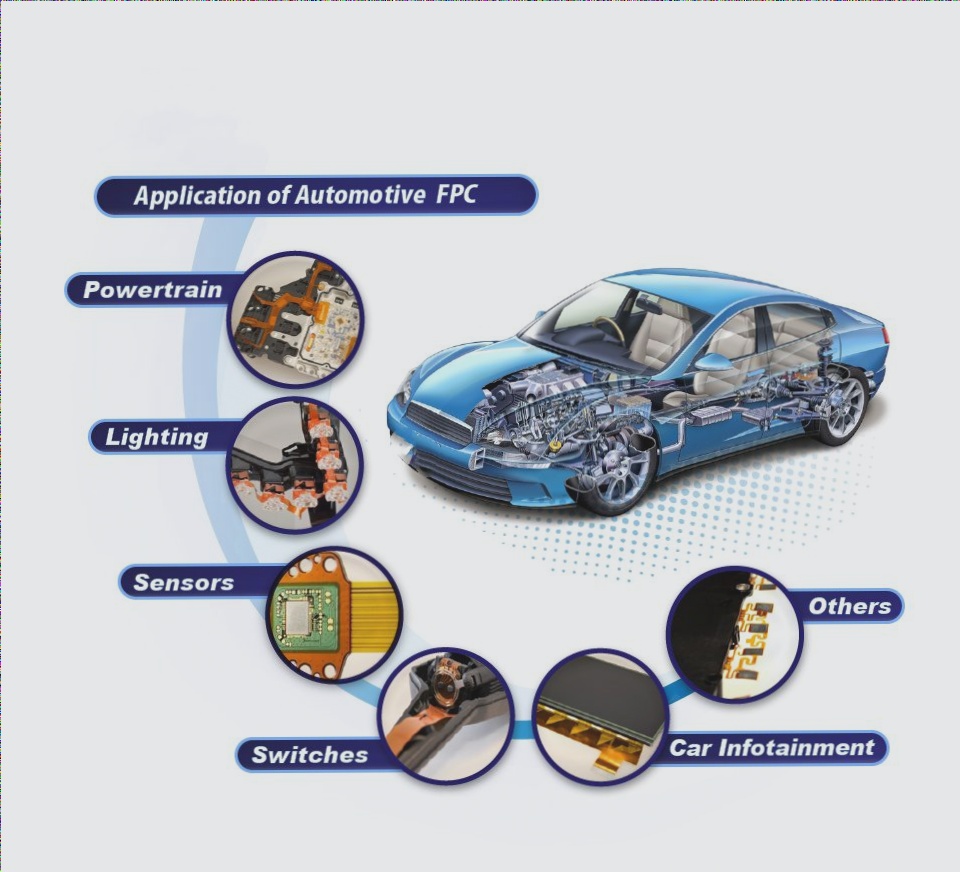PCB electroplating process management is a critical aspect of electroplating production, shaped by extensive research and countless trials by electroplating professionals. Therefore, the electroplating process is highly scientific. Determining the process involves considering not only the coating deposition rate and the efficiency of cathodic and anodic currents but also balancing metal ion dissolution and deposition. It also entails ensuring pH stability, managing a wide range of temperatures and current densities, and optimizing light extraction rates and leveling to achieve desired performance and brightness levels. Consequently, meticulous attention to specified technical parameters is crucial to ensure optimal coating quality.
Regarding enhancing the management of the PCB electroplating process, the author proposes the following key points:
1. **Process Management**
1.1 **Pre-treatment**
The pre-treatment of PCBs before electroplating is fundamental to ensuring high-quality plating. Poor pre-treatment can lead to issues such as blooming, bubbling, or delamination of the plated layer, resulting in defective products that must be scrapped. Pre-treatment primarily involves removing oil stains, oxide scales, rust, and other contaminants from the surfaces to be plated. This process not only enhances the bond strength between the substrate and the plating layer but also accelerates the deposition rate of the plating material. Additionally, it prevents contamination of the plating solution by oil residues and the introduction of foreign metal impurities.
—
This revision aims to maintain clarity while improving readability and coherence.
1.2 Detection and Management of Bath Composition
1.2.1 Laboratory Analysis
Regular testing of the plating solution’s content followed by timely adjustments is a scientifically sound management approach. Testing scales can vary, from simple setups for pure plating manufacturers requiring minimal investment in basic testing equipment. Personnel can handle testing duties part-time post-training.
1.2.2 Proportion Method
The Baume specific gravity method is suitable for solutions with straightforward compositions, such as chromium plating dominated by chromic acid, where sulfuric acid, at approximately 1%, is negligible. This method also applies to pre-treatment acids (hydrochloric or sulfuric) and activated acids in various channels, with Baumé degrees serving as a useful reference.
1.2.3 Exploration of Rules and Accumulation of Experience
Gradually uncover consumption patterns through frequent, albeit limited, adjustments. By minimizing losses and stabilizing composition, accumulate practical experience. However, this method relies heavily on experiential control and lacks scientific rigor.
1.2.4 Attention Points in PCB Electroplating Process Management
(1) Effective process management necessitates meticulous ingredient control and vigilance during chemical additions to prevent errors. An incident where thiourea was mistakenly added to a nickel plating tank as boric acid resulted in blackened coatings. Subsequent treatments involving increased hydrogen peroxide and activated carbon restored normalcy. Hence, it’s advised to adopt a “one look, two checks, three additions” approach during chemical additions to avoid inadvertent losses.
(2) To maintain plating solution stability, guard against foreign metal impurities. For nickel-plated products on copper, regularly electrolyze the nickel plating solution with corrugated iron plates at a current density of approximately 0.05 Am2. Alternatively, use a copper removal agent to preserve brightness in low-current density regions. Promptly remove any parts that accidentally drop into nickel or acid copper plating tanks to prevent impurity buildup. For copper parts and zinc alloy workpieces, employ window screens with plastic tube corners to prevent copper and zinc accumulation in nickel plating solutions, thus minimizing solution failures.
(3) Ensure hangers are fully insulated and avoid hanging them improperly, as this can contaminate chromium plating solutions with cyanide copper or nickel solutions, leading to operational issues. For hangers reaching the end in automatic lines, return chromium before rehanging to prevent contamination.
1.3 Operating Conditions
1.3.1 Temperature and Current Density
Optimizing temperature is crucial for electroplating quality and stability. Tailor temperatures to specific workpieces and rigorously control them to ensure quality. Higher temperatures within operational limits enhance cathode current density, promoting finer coatings and faster deposition rates.
1.3.2 Conductive Contact
Maintain copper-colored conductive contact points between hangers, poles, anode hooks, copper ingots, and bars. Regular brushing keeps these points clean, minimizing resistance and ensuring consistent plating quality.
1.3.3 Cathode Movement and Stirring
Cathode movement and stirring accelerate ion convection and diffusion, enhancing cathode current density and coating uniformity while aiding hydrogen precipitation. For large, flat workpieces, control movement strokes to around 10 cm and frequency to every 15 minutes. Proper air agitation complements this process but necessitates continuous filtration at 5-10 cycles per hour to prevent burrs, particularly in bright acid copper solutions.
2. Quality Management
Electroplating enterprises must adopt modern quality management practices aligned with the GB T19000-ISO9000 standard. Establish comprehensive quality systems defining standards across processes like sanding, degreasing, and acid etching. Implement thorough inspection regimes—whether full inspections or sampling—to prevent substandard parts from progressing to subsequent stages, thus averting batch defects and ensuring overall product quality.
3. Raw Material Quality Control
When procuring metals and chemical raw materials, prioritize quality alongside cost considerations. Neglecting quality for price compromises plating solution stability, leading to frequent failures and operational setbacks. Adopting a modern quality management framework ensures economic viability through reliable raw material supplies.




